
How to Make Fine Hair Look Thicker: Expert Styling Tricks & Product Guide
11 min read

11 min read

11 min read

9 min read

10 min read
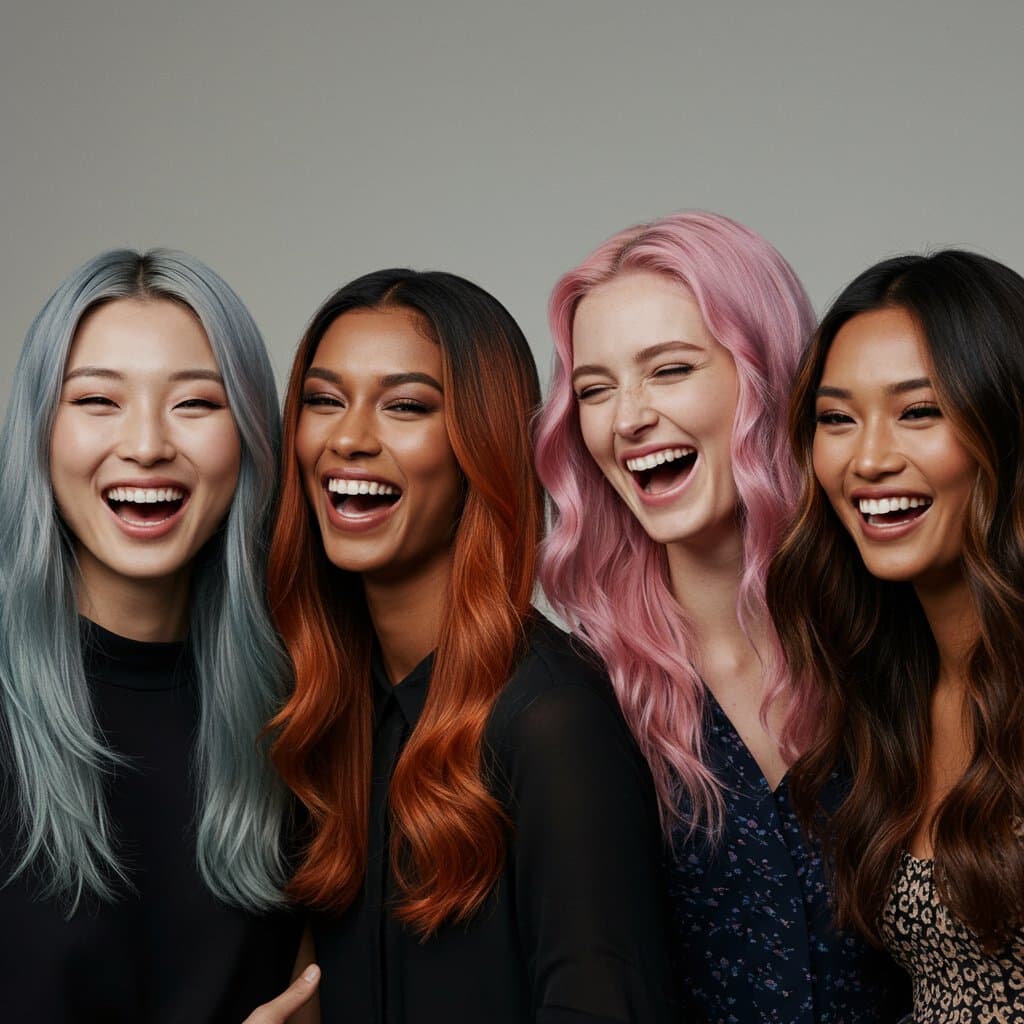
14 min read

11 min read
In an era dominated by heat styling, chemical treatments, and environmental pollutants, the quest for healthy hair often leads us in circles, jumping from one synthetic product to another. However, the solution to modern hair woes may not be found in a laboratory, but rather in the ancient wisdom of the East. Ayurvedic hair care, a system rooted in India over 5,000 years ago, offers a holistic approach that treats hair health as a reflection of overall well-being rather than a superficial aesthetic concern.
Ayurveda, which translates to "The Science of Life," operates on the principle that health is a delicate balance between the mind, body, and spirit. Unlike modern trichology, which often focuses solely on the hair shaft or follicle, Ayurvedic practices address the root causes of hair problems—ranging from digestive imbalances and stress to nutritional deficiencies. By integrating these time-honored traditions into a contemporary beauty regimen, individuals can experience a profound transformation, restoring vitality, strength, and shine to even the most damaged strands.
This comprehensive guide explores how Ayurvedic hair care can solve modern hair problems, detailing the importance of understanding one's Dosha, the ritual of hair oiling, powerful herbal allies, and lifestyle changes that promote sustainable hair health.
According to Ayurveda, every individual is comprised of a unique combination of three vital energies or "Doshas": Vata (air and ether), Pitta (fire and water), and Kapha (earth and water). These energies govern all physiological and psychological processes, including the texture, color, and growth patterns of hair. Identifying the dominant Dosha—or the current imbalance (Vikriti)—is the critical first step in customizing an effective hair care routine.

Perhaps the most iconic practice in Ayurvedic hair care is Shiro Abhyanga, the therapeutic head massage. In a modern context, this is often reduced to a simple application of oil, but the traditional practice is a profound therapy that enhances circulation, relieves tension, and nourishes the roots.
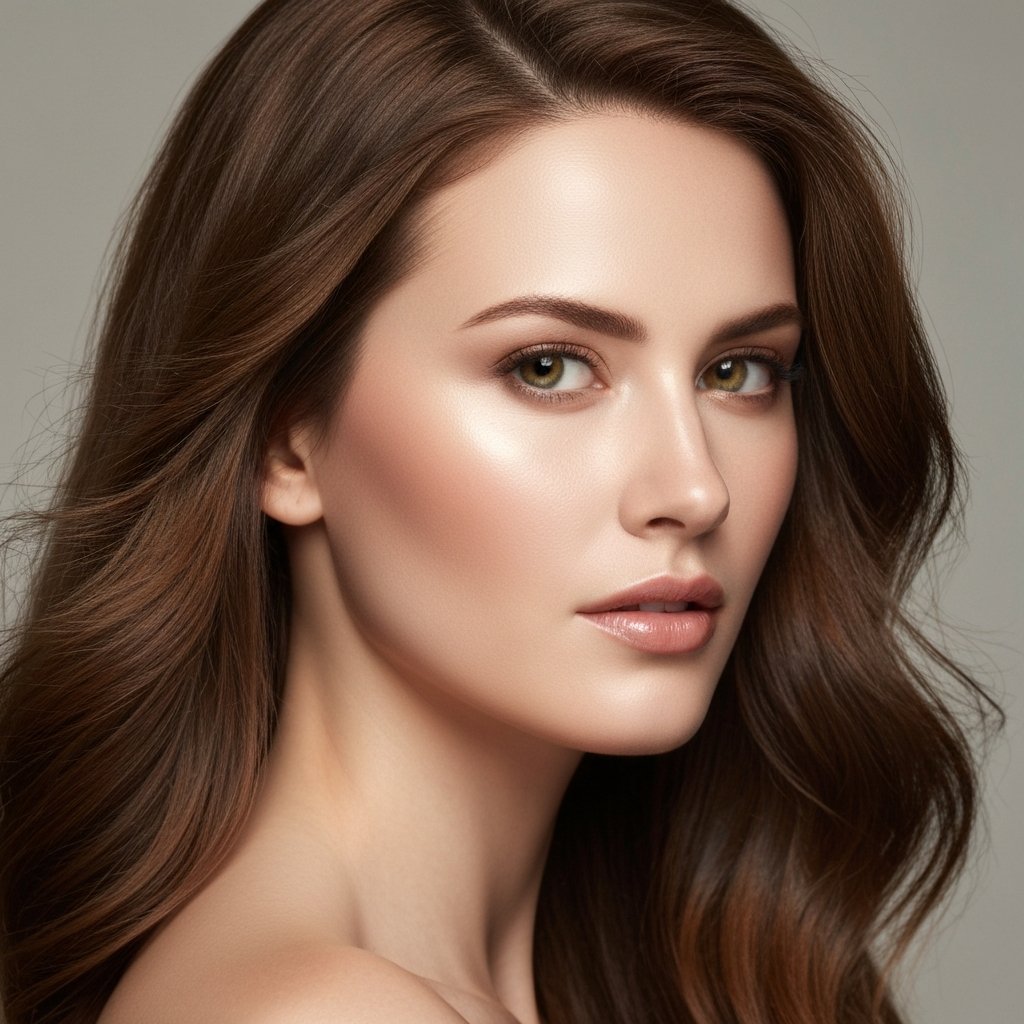
Modern shampoos and conditioners often rely on silicones to provide a temporary slip and shine. Ayurveda, conversely, utilizes powerful botanicals that restructure and heal the hair from within. These herbs have been used for millennia and are now being validated by modern science for their efficacy.
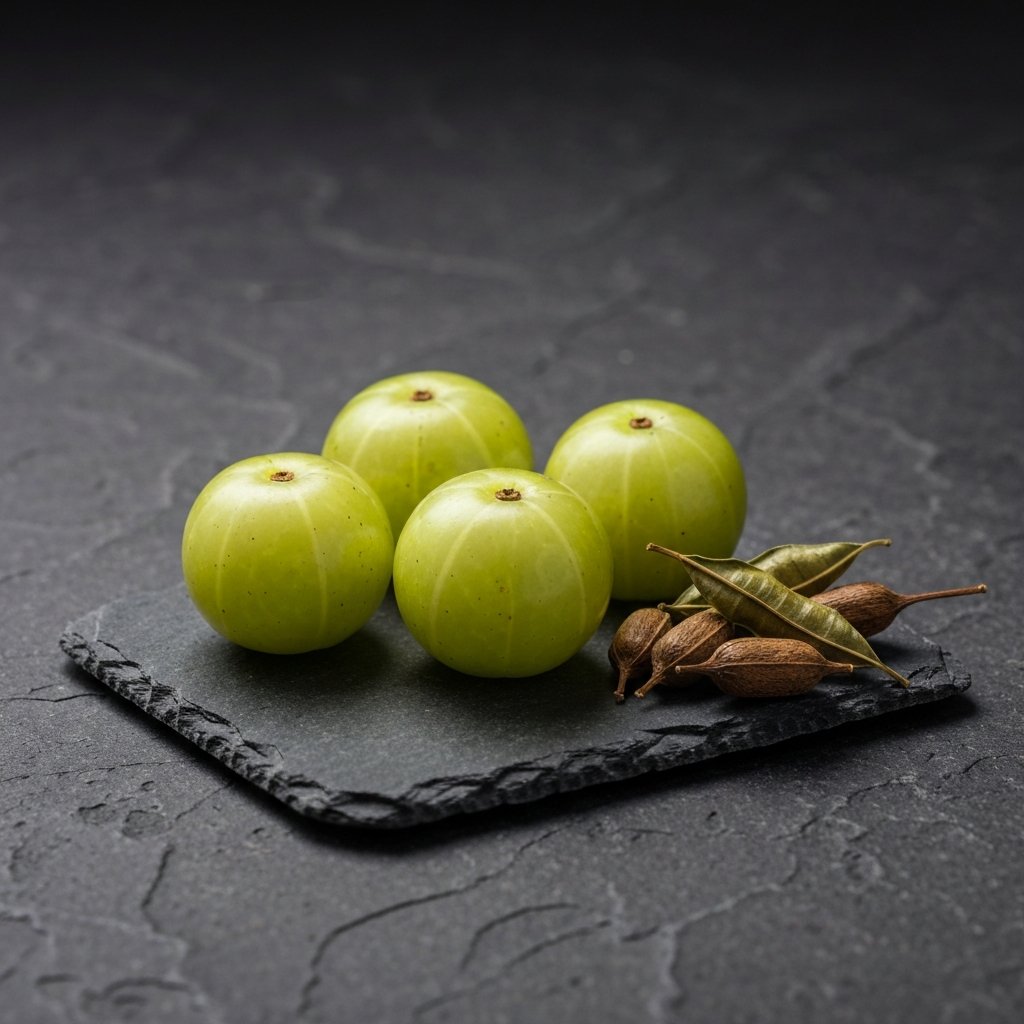
In the modern world, the scalp is subjected to product buildup, pollution, and sweat, leading to clogged follicles. Ayurveda emphasizes the importance of a clean, breathable scalp. Just as the skin on the face needs exfoliation, the scalp requires detoxification to function optimally.

Ayurvedic scalp scrubs often utilize ingredients like Neem powder, which is powerfully antibacterial and antifungal, mixed with coarse elements like sea salt or sugar and a base oil. This removes dead skin cells and stimulates fresh blood flow. Another method is the application of "Lepa" or hair masks made from herbal pastes. A mixture of yogurt (probiotic and zinc-rich) and Fenugreek (Methi) seeds is a classic remedy to detoxify the scalp, treat dandruff, and soothe itching.
Ayurvedic hair care is not just topical; it is deeply internal. The health of the hair is considered a secondary tissue of the bone marrow (Asthi Dhatu) and is reliant on the nutrient plasma (Rasa Dhatu). If digestion (Agni) is weak, nutrients are not absorbed effectively, and the hair is the first to suffer.
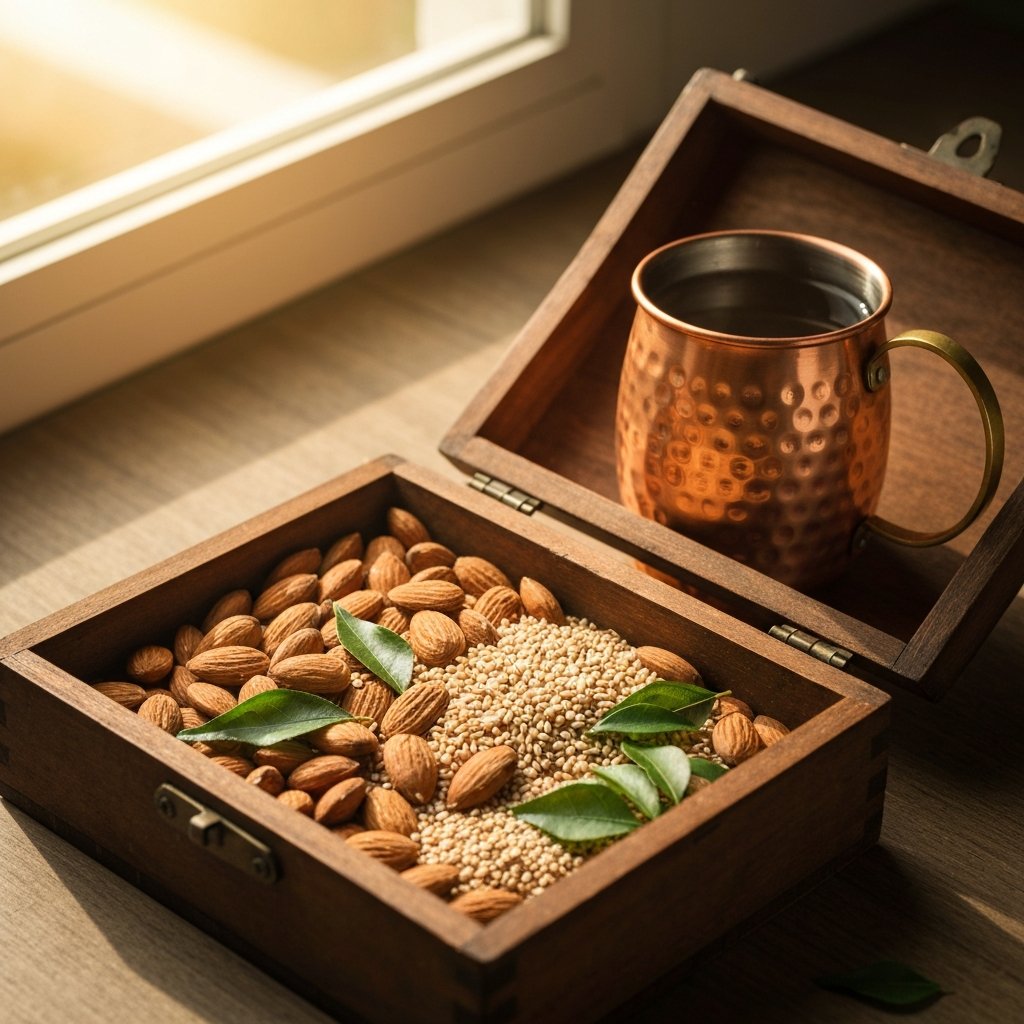
Integrating Ayurveda into a busy modern lifestyle doesn't require hours of preparation. It requires a shift in mindset—treating hair care as self-care.
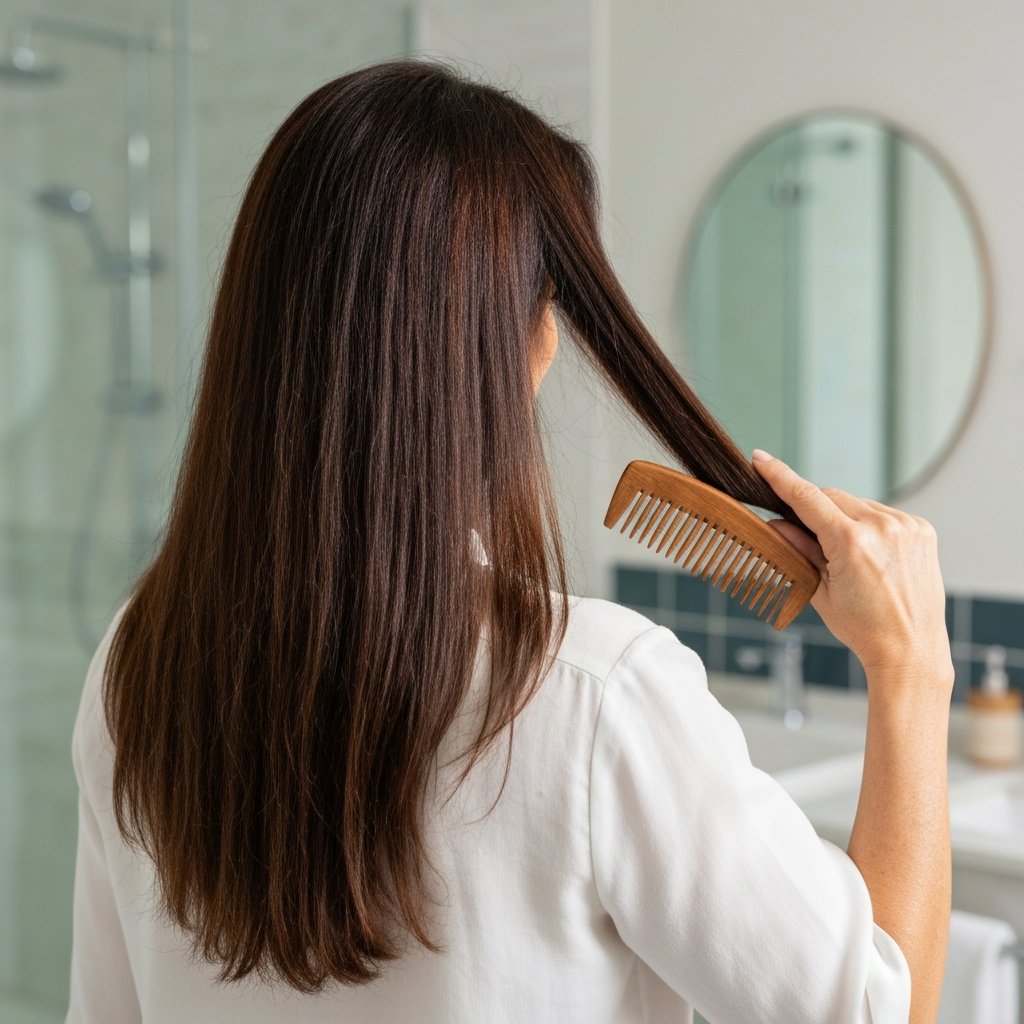
Professional salons are increasingly incorporating these philosophies. Treatments like "Shirodhara," where a continuous stream of warm oil is poured over the forehead, are becoming popular for deep relaxation and hair rejuvenation. Similarly, switching to sulfate-free, herb-infused shampoos and scheduling a weekly oil massage can bridge the gap between ancient wisdom and modern convenience.
Furthermore, the tool used to comb hair matters. Ayurveda recommends wooden combs, specifically those made of Neem wood. Unlike plastic, wood distributes natural sebum from the scalp to the ends, prevents static electricity which causes frizz, and gently massages the scalp without scratching it.

Q: How often should I oil my hair according to Ayurveda? A: Ideally, hair oiling should be done 2-3 times a week. For those with very oily scalps (Kapha), once a week for 30 minutes before washing is sufficient. Dry hair types (Vata) can benefit from overnight soaking.

Q: Can Ayurvedic herbs cover grey hair? A: While herbs like Henna and Indigo can dye the hair naturally, herbs like Amla and Bhringraj are used to prevent premature greying. They may not reverse pigment loss in fully white hair but can darken the overall tone and prevent further loss of pigment.
Q: Is it safe to mix Ayurvedic oils with modern styling products? A: It is best to keep them separate. Use Ayurvedic oils as a pre-shampoo treatment. If you must use styling products, ensure you cleanse the scalp thoroughly to prevent buildup, which can block the absorption of herbal nutrients.
Q: Can I use these remedies on color-treated hair? A: Yes, most Ayurvedic oils are safe for color-treated hair and can actually help repair the damage caused by chemical dyes. However, avoid hot oil treatments immediately after coloring as they might strip the color slightly; wait a week or two.
Q: What is the best Ayurvedic remedy for severe dandruff? A: Neem oil mixed with Coconut oil is highly effective. Additionally, a hair mask made of Fenugreek (Methi) paste and yogurt applied for 30 minutes can significantly reduce dandruff and itching.
Ayurvedic hair care is more than a beauty regimen; it is a return to nature and a celebration of individual uniqueness. By understanding the specific needs of your hair type and utilizing the potent, healing ingredients found in nature, you can resolve modern hair problems at their source. Whether dealing with hair fall caused by stress or dryness caused by styling, the ancient practices of oiling, herbal cleansing, and holistic living offer a sustainable path to the lush, healthy hair everyone desires. Embrace the slow, rhythmic healing of Ayurveda, and let your hair reflect your inner vitality.